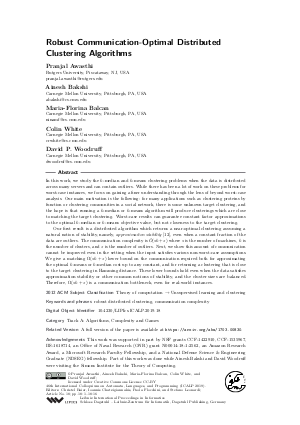LIPIcs.ICALP.2019.18.pdf
- Filesize: 0.52 MB
- 16 pages

 Creative Commons Attribution 3.0 Unported license
Creative Commons Attribution 3.0 Unported license












































Feedback for Dagstuhl Publishing